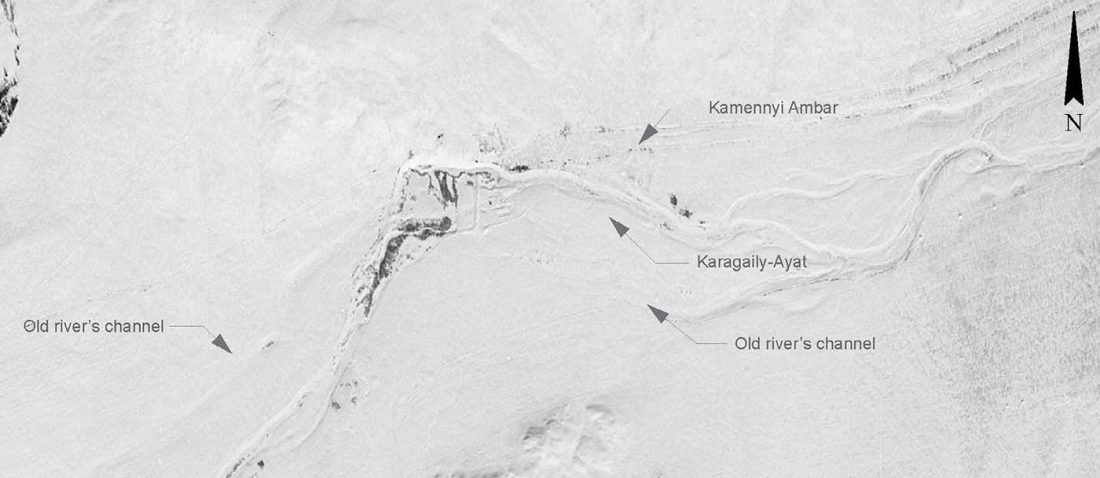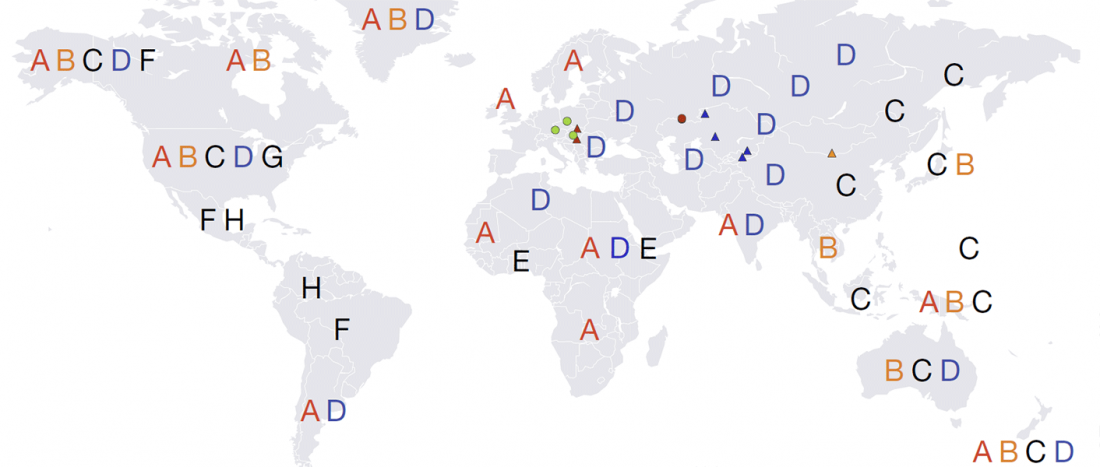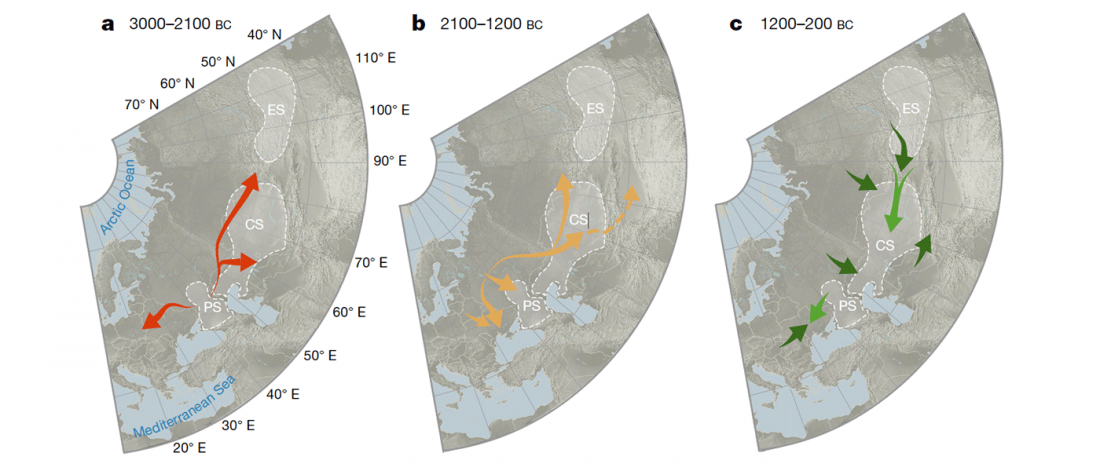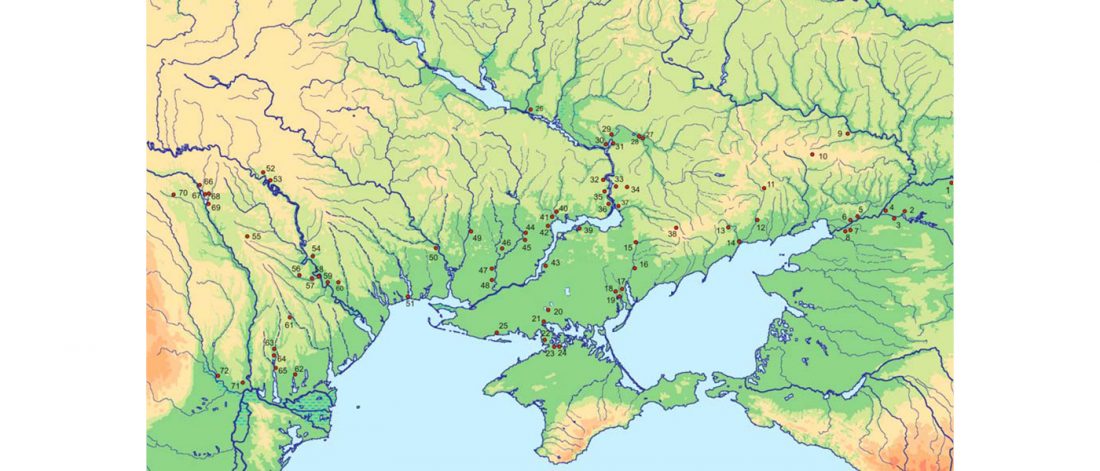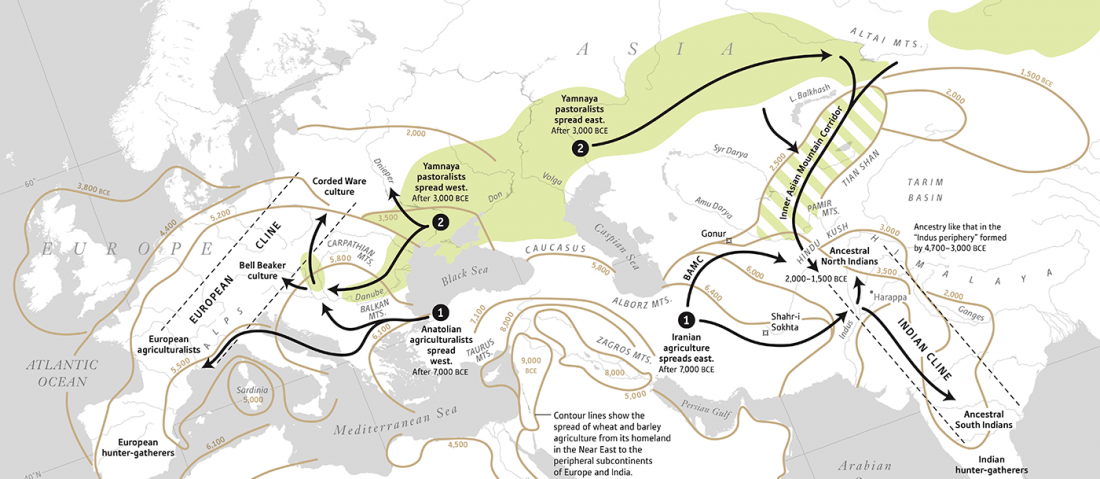Very interesting PhD thesis by Igor Chechushkov, Bronze Age human communities in the Southern Urals steppe: Sintashta-Petrovka social and subsistence organization (2018).
Abstract:
… Read the rest “The origin of social complexity in the development of the Sintashta culture”Why and how exactly social complexity develops through time from small-scale groups to the level of large and complex institutions is an essential social science question. Through studying the Late Bronze Age Sintashta-Petrovka chiefdoms of the southern Urals (cal. 2050–1750 BC), this research aims to contribute to an understanding of variation in the organization of local communities in chiefdoms. It set out to document a segment of the Sintashta-Petrovka population not previously recognized in the archaeological record
